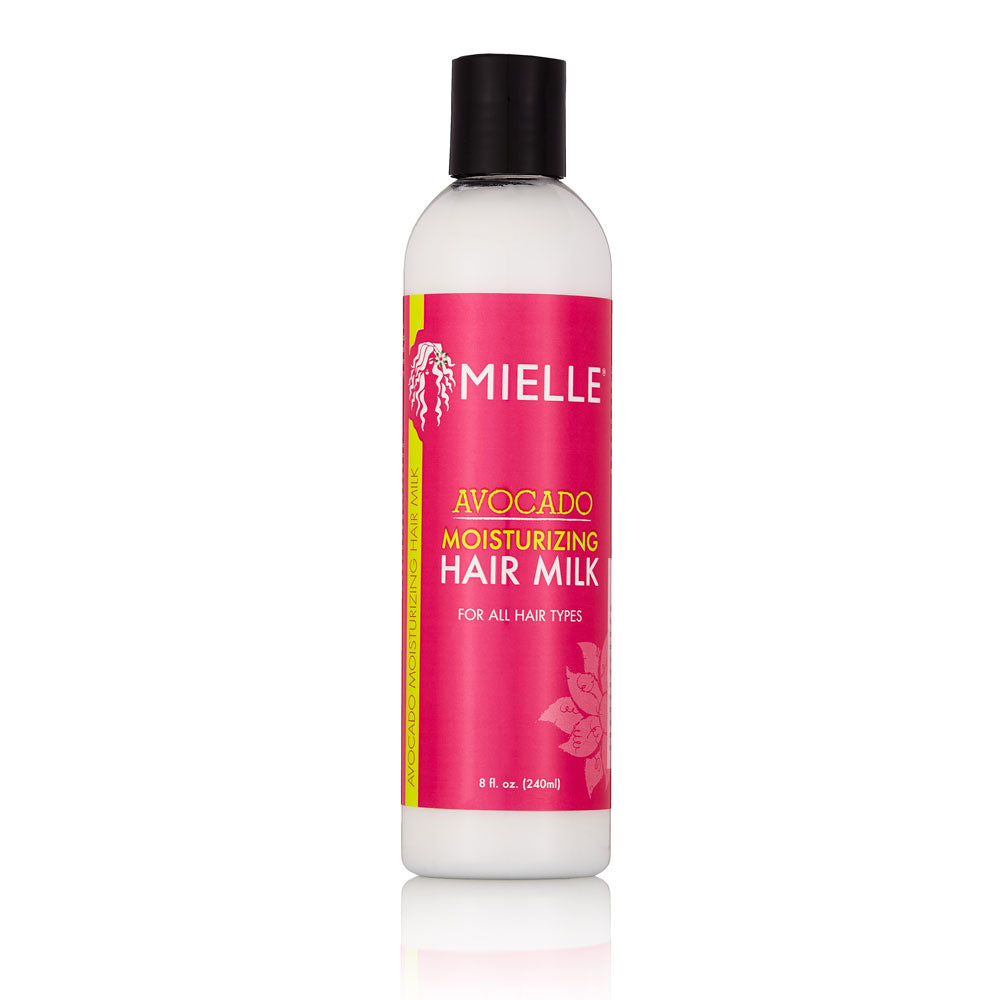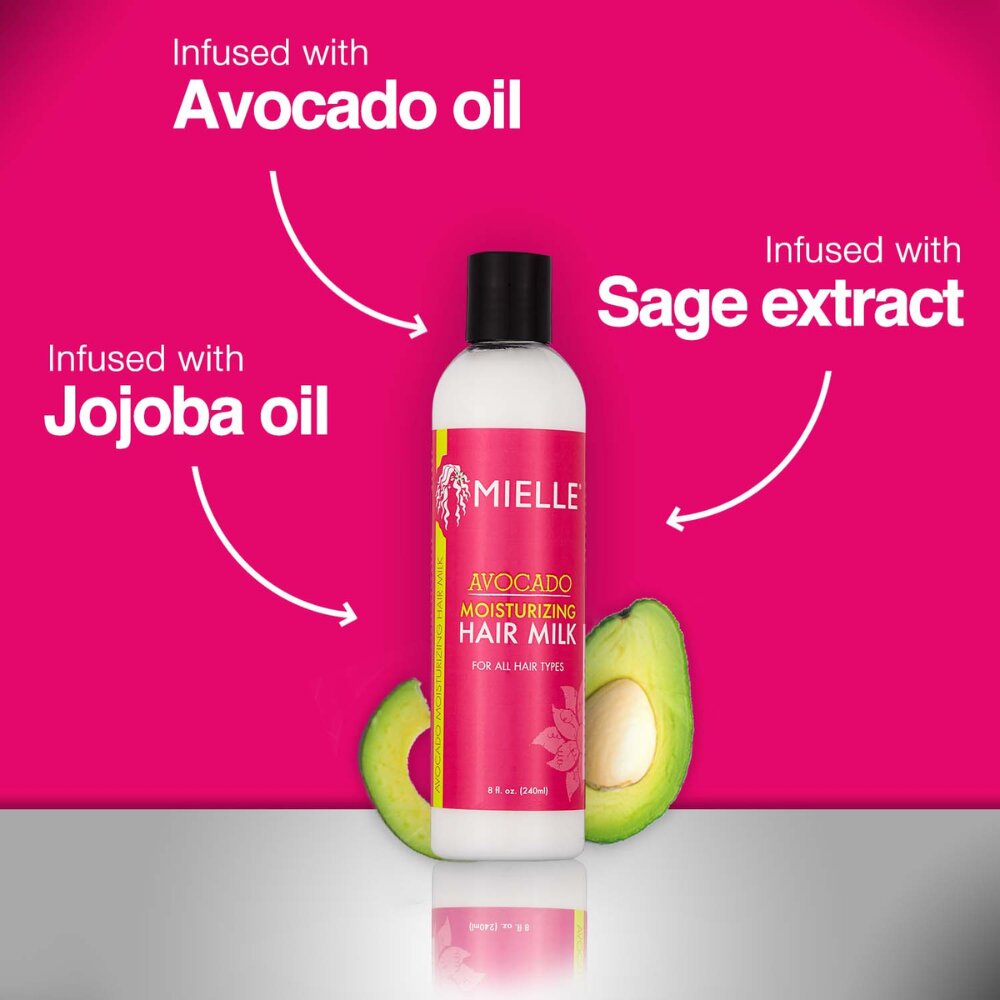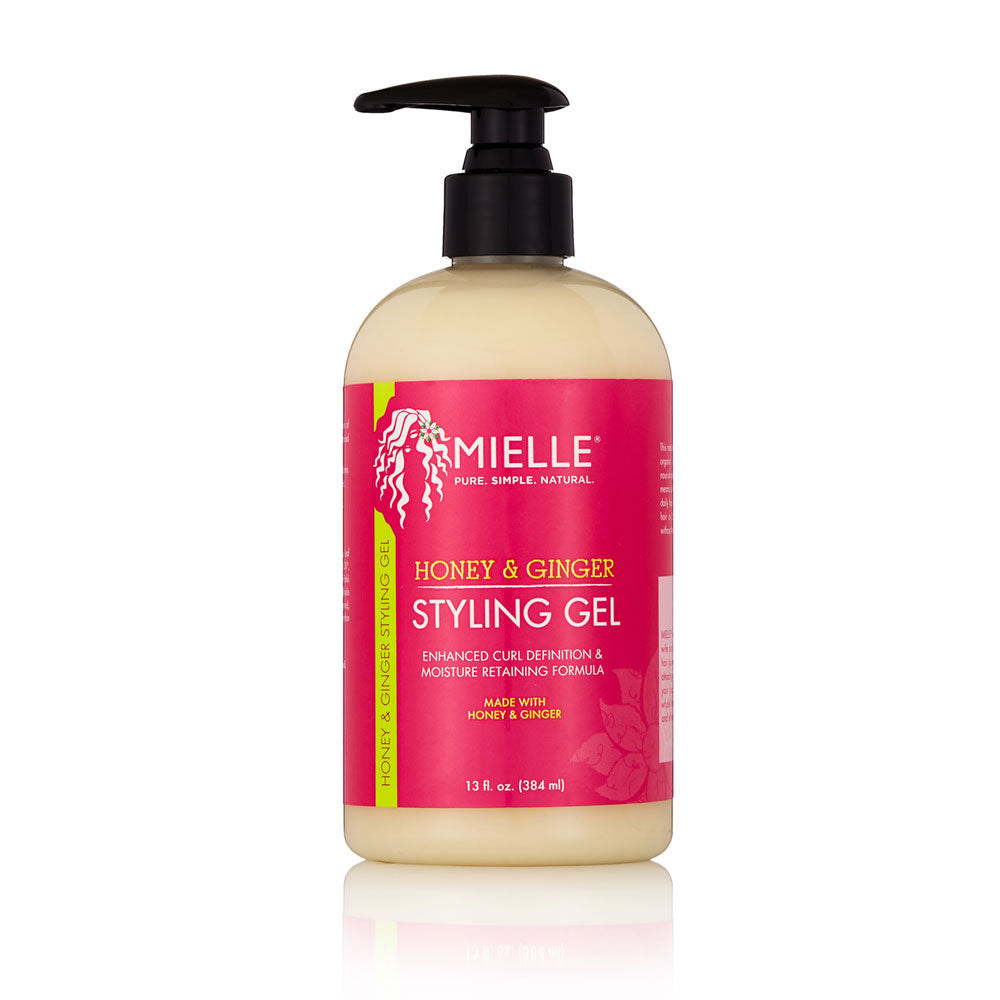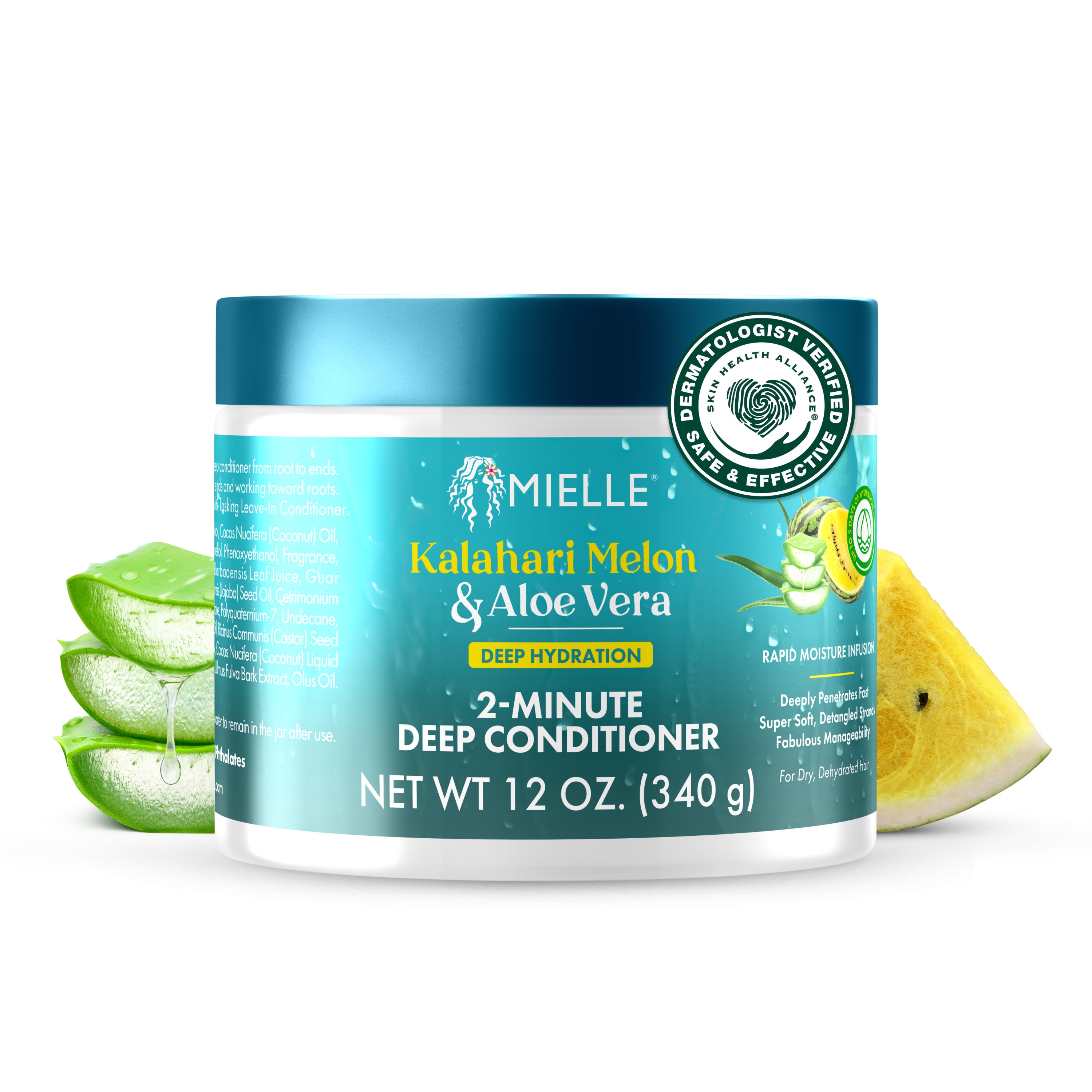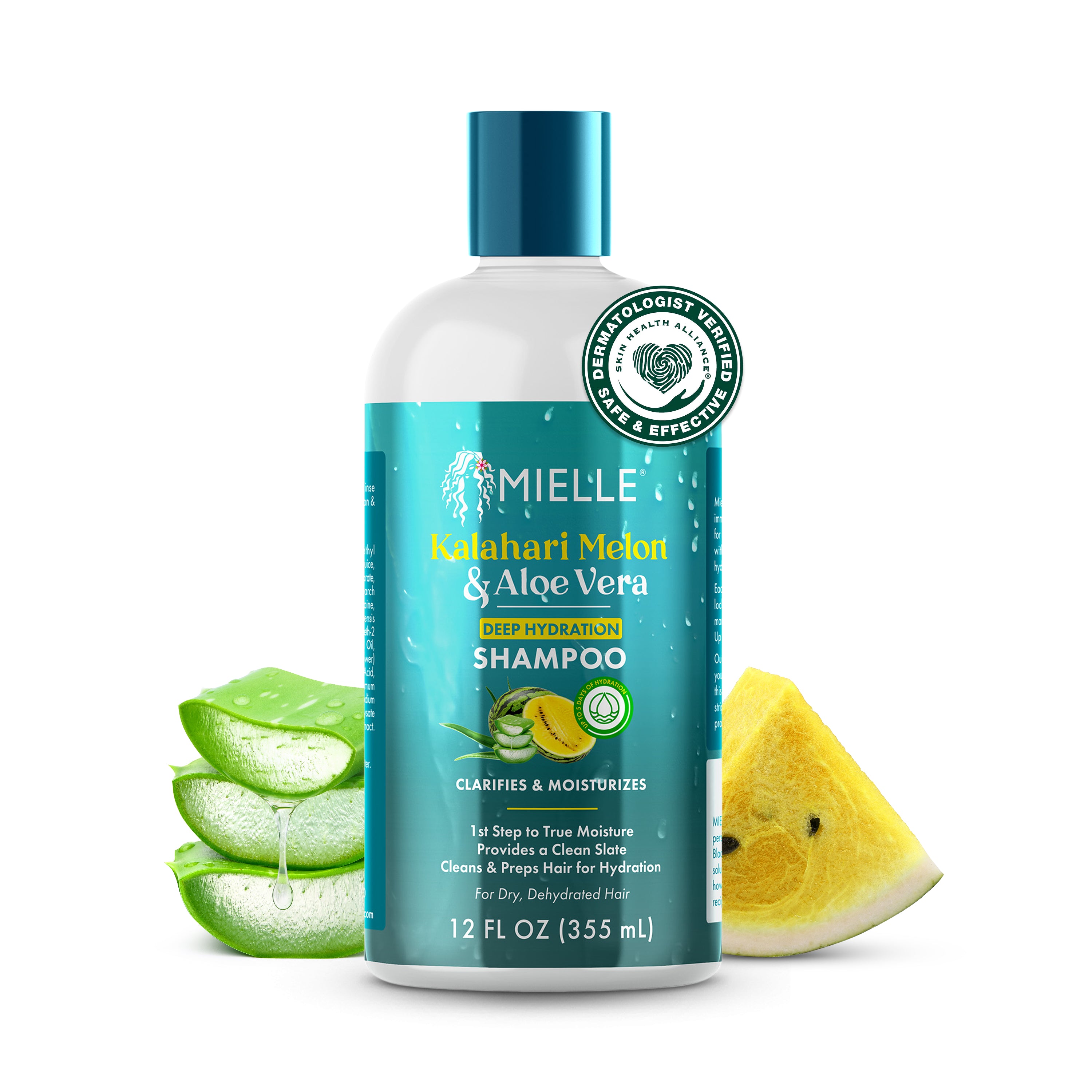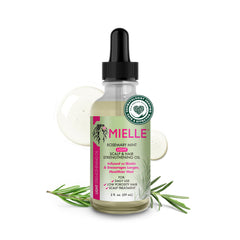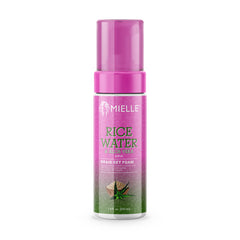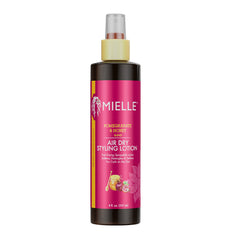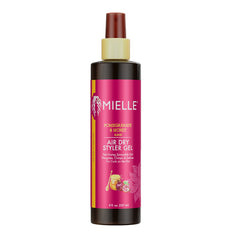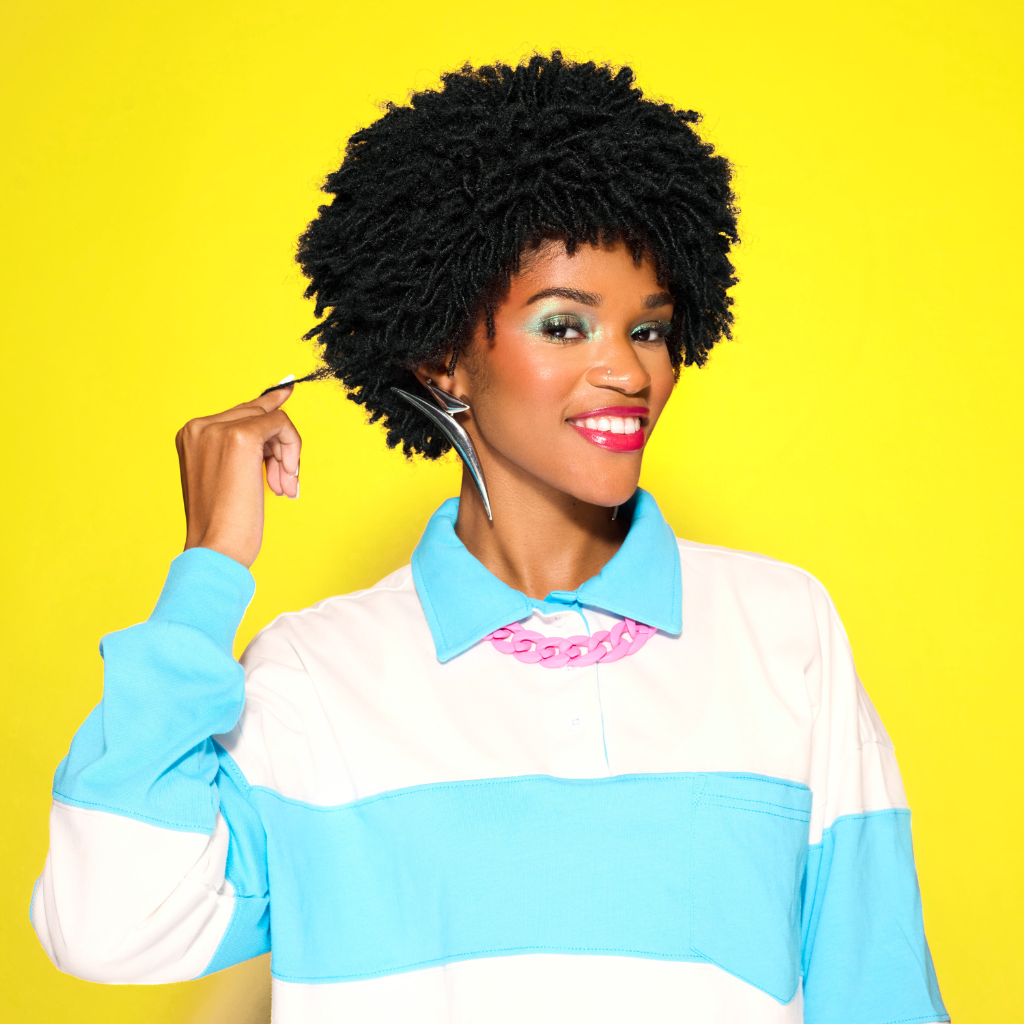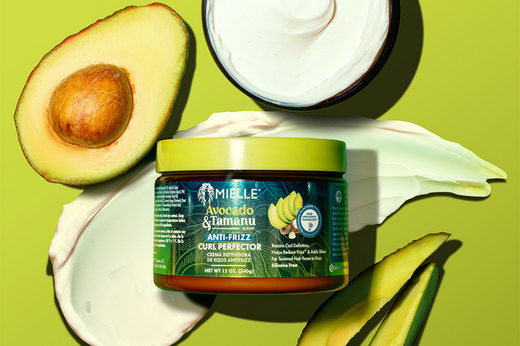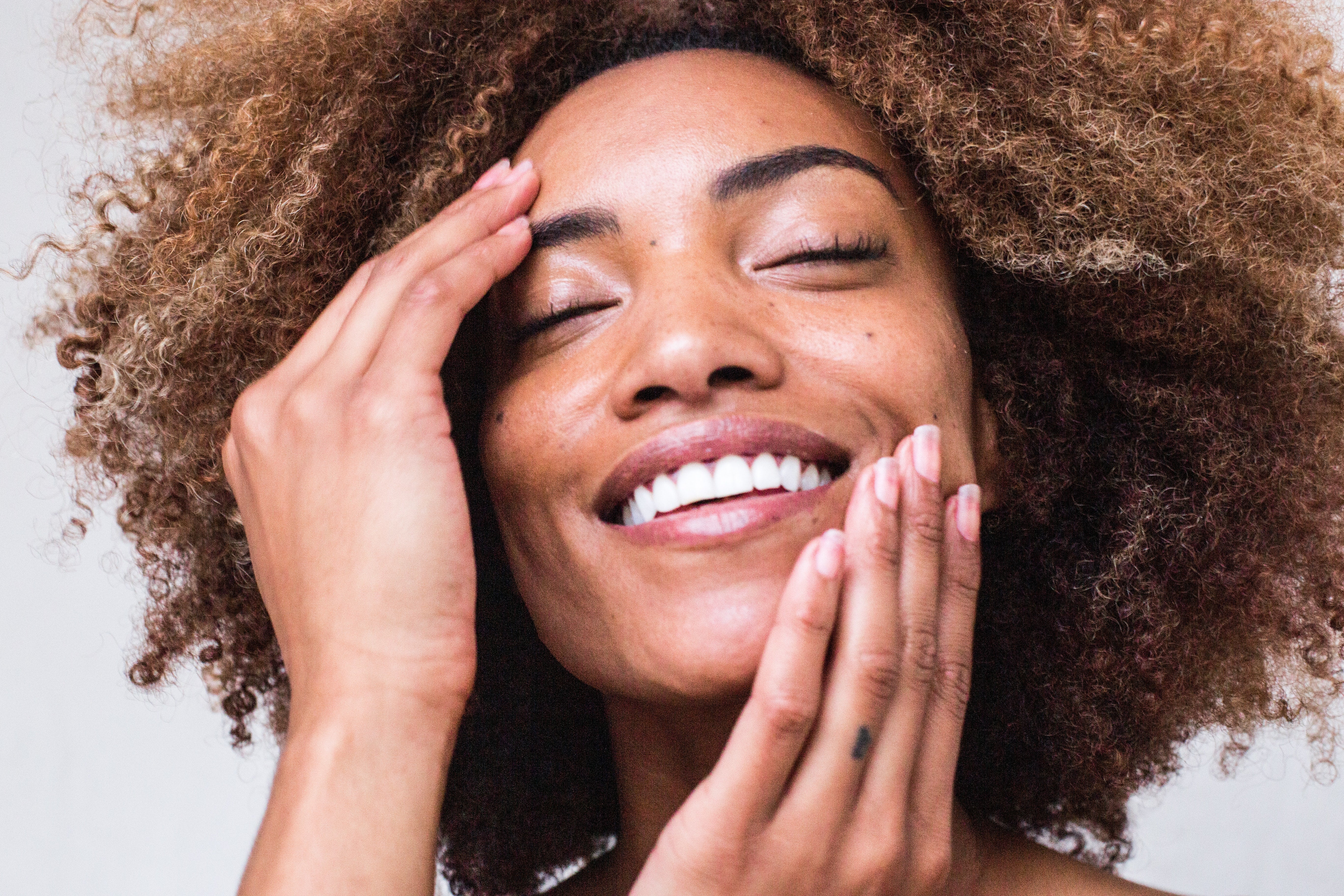Single-strand knots, or fairy knots, are very common for those of us with curly, coily, and kinky hair. These knots feel like tiny beads along the hair shaft, and they can result in breakage during combing and styling. Throughout my natural hair journey, I’ve experienced single-strand knots, especially when I do not stretch my hair to style it. In order to know how to prevent these from happening, we need to figure out what causes them in the first place.
What Causes Single-Strand Knots in Your Hair?
Knots typically occur when a strand of hair wraps around another and becomes intertwined. This can be especially common with curly hair because curly and coiled strands are produced by a flat and curved hair follicle. The curly hair strand that comes out of your hair follicle tends to weave and loop. This causes it to tie around other hair strands, which in turn causes the strands of hair to tangle and knot. An issue arises as more hair strands begin to wrap around each other, getting more tangled and creating a larger knot.
This is very common for those with thick, curly hair. The major concern is when it becomes a problem, and a single – or sometimes double – knot occurs. Short, curly hair and also tightly coiled hair types are very prone to this type of knotting.
A single-strand knot can form when a curly hair strand comes out of the hair follicle and loops around itself or other hair strands, causing a knot. Shorter curly hair and tightly coiled hair types are most prone to single-strand knots. Some other causes of single-strand knots include manipulation of the hair during shampooing and styling or friction from pillows, scarves, etc.

How to Prevent Hair Knots
Whether you choose to go with one method for preventing hair knots, or incorporate many of these into your routine, you will find that overtime it will become easier to detangle your knots, and even prevent them all together. Some simple methods to preventing your hair knots include:
- Detangling before you shampoo
- Use the “praying hands” method
- Braiding or twisting your hair before going to bed to minimize friction
- Using a satin or silk pillowcase, bonnet or scarf for bedtime
- Deep conditioning your hair
- Visit your hair stylist frequently to make sure your hair remains healthy
Detangle
While it is impossible to completely avoid single-strand knots, there are several ways to prevent and decrease the number of knots we might have. For one, during your shampoo and style routine, you should make sure to detangle your hair before shampooing. Water will cause the hair to shrink, and this can cause any existing hair knots to tighten up even more.
Use the “Praying Hands” Method
While shampooing, apply the shampoo for natural hair directly to your scalp and massage it in with your fingertips. Then, smooth the shampoo down the length of your hair. This is also known as the “praying hands” method, where you press your hands together with your hair in between them. I have found that this method helps make my hair more manageable during shampooing and keeps my hair tangle-free.
Take Care of Your Head Before Bed
Before bed, braid or twist your hair to keep your hair from shrinking on itself during the night. This also minimizes friction that can happen as you move around while you sleep. Using a satin pillow case, bonnet, or scarf can also help reduce friction while you are in bed.
Use a Deep Conditioner
As far as products are concerned, adding a strengthening deep conditioner such as Mielle’s Babassu Oil & Mint Deep Conditioner to your routine will help to improve your hair’s strength and elasticity. Using products that contain natural oils will keep the hair lubricated, which reduces the excessive friction and tangling that cause single-strand hair knots. Finding the right moisturizing conditioner for natural hair can be an easy way to help prevent knots. You can also start incorporating natural hair oil into your daily routine.
Visit a Pro
Making regular visits to a hair care professional is also an important way to prevent single-strand knots. During those visits, be sure to have your ends professionally trimmed. Your stylist can also evaluate the conditioner of your hair and determine if your hair needs any reconstructing or protein treatments to improve its condition. Visiting your stylist every three to four months – or more frequently if you are experiencing lots of single-strand knots – is key. I’ve noticed a significant decrease in knots and tangles now that I visit my stylist every time the seasons change.
How to Treat an Existing Hair Knot?
If you have single-strand knots that you cannot undo, do not try to comb them out or tear the hair apart. You also don’t want to use household scissors to remove the knots — this can do more harm than good. Knots should be cut out with the proper hair cutting shears or with the help of a professional. You can also try the tips above for treating and also preventing your hair knots.
Single-strand knots might be nerve-wracking, but just know that knots come with the textured hair territory. Applying these tips and tricks will help you prevent them, and address stubborn hair knots appropriately when they do pop up. You may also try out Mielle Organics detangler for curly hair if your hair tends to tangle!
If you’ve experienced single-strand knots, what tips do you have to deal with them?
